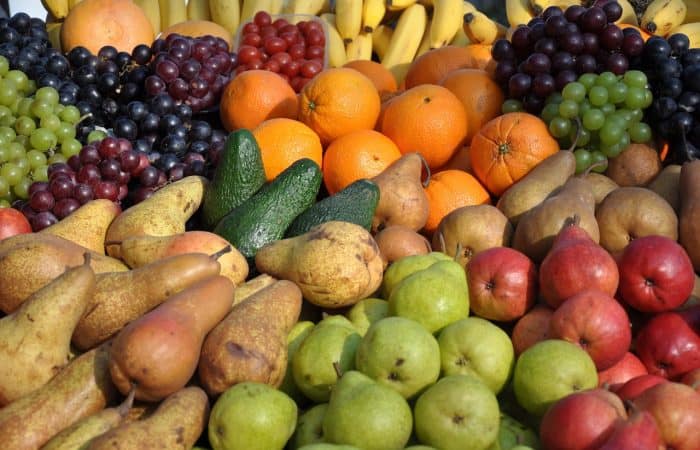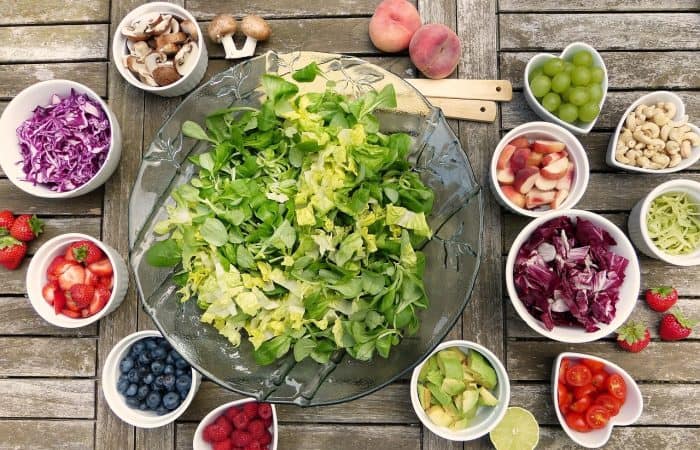One determines the country of origin of a food product using the Dutch Customs Code (see also Art. 60 of Regulation (EU) No 952/2013). Goods coming entirely from one country or territory have that country or territory as origin. For goods coming from two or more countries or territories, the country of origin is the country or territory where the last substantial, economically justified processing or working took place.
Place of origin
Reference can also be made to the place of origin. That is the place from which the food comes according to the label. The place of origin is not the same as the country of origin. The word ‘designation’ is broader than ‘appellation’; it includes all indications on a label, such as flags and maps referring to a specific geographical area.
National symbols such as a national monument, a landscape or a person can also be perceived by consumers as indicating the origin or provenance of the food. This should be assessed on a case-by-case basis.
Origin labelling
Mandatory origin labelling means that the country of origin or place of provenance of the food must be indicated:
- if omission could mislead the consumer about the true country of origin or place of origin of the food. This is particularly common if information accompanying or on the label implies a different country of origin or place of origin, e.g. Gouda cheese produced in Germany; and
- for meat from pigs, sheep, goats or poultry that is fresh, chilled or frozen.
There is still discussion at an European level as to whether mandatory origin labelling will also be introduced for other foods, such as milk and unprocessed foods. Voluntary origin labelling applies if the country of origin or place of origin of the food is voluntarily declared and it is not the same as the country of origin or place of origin of the primary ingredient.
If one opts for voluntary origin labelling, one must comply with a number of rules. One of these rules is the following one. If the country of origin or place of origin of a primary ingredient is not the same as the country of origin or place of origin of the food, one states this with:
(a) a reference to one of the following geographical areas for the primary ingredient:
‘EU’, ‘non-EU’ or ‘EU and non-EU’
- a Member State or third country
- a region within a Member State or third country that is well understood by the normally informed average consumer; or
(b) the following statement:
‘(name of the primary ingredient(s)) is/are not from (the country of origin or place of origin of the food)’, or any other similar wording having the same meaning for the consumer.
Primary ingredient
Finally, the primary ingredient is the ingredient that constitutes more than 50 per cent of the food or is usually associated with the name of the food and for which, in most cases, a quantitative indication is required. A food may have one primary ingredient, more than one primary ingredient, no primary ingredient and/or a combination of primary ingredients.
Does a product contain more than 50% animal ingredients such as meat, fish or dairy? Then producers must state on the label in which country or region they make this product. This obligation does not apply to eggs and honey.
More information
If you have any questions related to this article, please contact our team food & agriculture:




